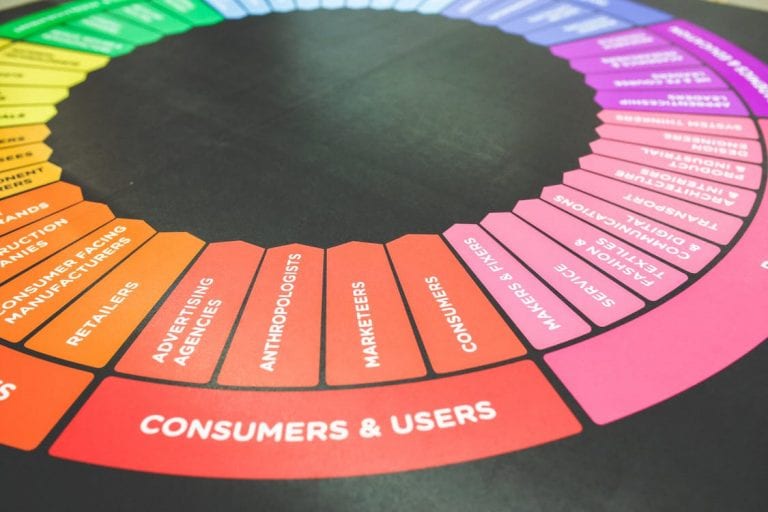A couple of months ago, two major wireless carriers in the U.S. sent out post-card style mailers to promote whatever new deals were coming out, respectively. Imagine that one of them had a lot of detail on it that clearly laid out which scenarios qualified for savings, covering everything from devices to plans. The other was simply a single image of a device with a pithy headline and mention of the promotion’s value, but otherwise relegated all that extra text to the fine print on the back—or not on the card at all.
To the average person, the first ad sounds like the more effective one. After all, it’s completely honest and specific, laying out everything a prospective customer might want to know. On the other hand, the other one left the recipient with more questions than answers. Therein lies the rub: the latter, simpler ad is actually the more effective one. Without all that extra text, that wireless carrier was able to feature a popular device prominently, in the delectable way that only a professional photographer can capture. The recipient’s attention is caught, and he is tantalized with a mention of a promotion. Finally, he is left wanting more by the call to “See store for details.”
This company’s aim, obviously, is to put a potential customer in front of its salespeople. No matter how good the copy of an ad is, it’ll never be as effective as a well-trained employee explaining, demonstrating, and fielding any unexpected questions that arise. While the complex ad is certainly more informative, the recipient of that mailer already knows almost everything there is to know—if he even bothers to read it at all. Truth be told, when there’s a large sea of text on something that a person’s not actively seeking information about, his mind will go blind to it. After a brief glance, that mailer will end up in the trash. Compare this to the simpler ad, where there’s a sparse, more strategic use of text. The headline is brief and to the point—no need to gloss over something so short.
The comparison of these two ads harkens to the old adage that “less is more”. In presentations of any kind, be they mailed ads, a speaker’s slideshows at a conference, or the website where a business tries to recruit new clients, again and again, you’ll find that over-explanation is a killer. People go blind (or deaf) to large volumes of information, especially when they’re not punched up and broken into bite-sized servings. It’s not just information overload you’re fighting against: it’s also boredom.
After all, as another truism goes, “brevity is the soul of wit”. And wittiness gets paid attention to and, more importantly, remembered.
Advertising strategy is hard. Oftentimes, a business owner is so close to the ideas that he or she doesn’t even realize when there’s just too information. The Brandt Group is here to help you with a fresh set of eyes and ears—together, we’ll design the right strategy, develop the best employee training, and precisely measure how successful your business is at everything you care about. Reach out to us now for a complimentary consultation.



